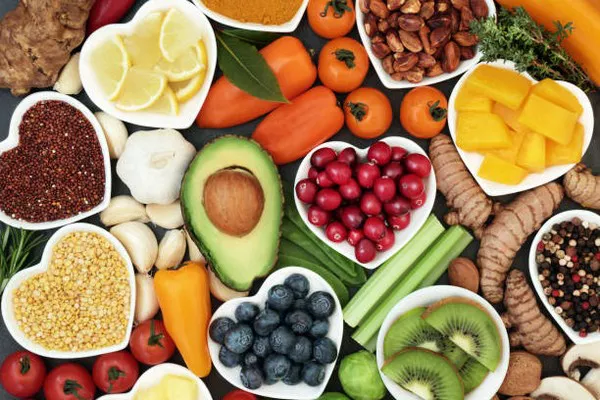In recent years, the movement towards veganism has gained significant momentum, fueled by health benefits, environmental concerns, and an expanding array of plant-based products. However, just because veganism is trending doesn’t mean it’s the right choice for everyone, or that it’s easy to do correctly. Here’s a comprehensive guide on how to transition to a vegan diet effectively and sustainably.
Understanding the Vegan Diet
A vegan diet eliminates all animal products, distinguishing it from a vegetarian diet, which only excludes meat and seafood. Instead of animal-based foods, vegans consume a variety of plant-based options including:
- Fruits and Vegetables
- Beans and Lentils
- Soy-Based Foods (like tofu and tempeh)
- Grains (like rice and quinoa)
- Nuts and Seeds
Vegans also avoid foods produced using animal products, such as gelatin and certain types of sugar processed with animal bone char.
Benefits of a Vegan Diet
Health Advantages: A well-balanced vegan diet can lower the risk of chronic diseases such as heart disease, type 2 diabetes, hypertension, obesity, and certain cancers. This is often due to higher intake of dietary fiber, antioxidants, and healthy fats.
Environmental Impact: Plant-based diets generally require fewer natural resources and result in lower greenhouse gas emissions compared to animal agriculture.
Risks and Challenges
Without proper planning, a vegan diet can lead to deficiencies in essential nutrients. Key nutrients to monitor include:
Vitamin B12: Essential for nerve function and blood formation, typically found in animal products. Vegans should consider supplements or fortified foods.
Calcium: Important for bone health. Sources include fortified plant milks and leafy greens.
Iron: Plant-based sources include lentils, beans, and fortified cereals.
Omega-3 Fatty Acids: Found in flaxseeds, chia seeds, and walnuts.
Planning a Balanced Vegan Diet
Meal Composition: Each meal should include a protein source, a grain or starchy vegetable, fruits or vegetables, and healthy fats. This ensures a balanced intake of nutrients.
Monitor Nutrients: Ensure adequate intake of B12, calcium, and other critical nutrients. Supplements and fortified foods can help fill gaps.
Protein Sources: Include a variety of plant-based proteins such as tofu, tempeh, legumes, and nuts.
Sample Vegan Meal Plan
Breakfast: Overnight oats with almond milk, mixed berries, and nut butter.
Lunch: Miso tofu bowl with salad greens, edamame, and a light dressing.
Dinner: Lentil stew with a side of roasted vegetables.
Snacks: Mixed nuts, fruit, and hummus with vegetable sticks.
Tips for Transitioning to Veganism
Educate Yourself: Learn about essential nutrients and stock up on plant-based staples. Research recipes to ensure a balanced diet.
Gradual Changes: Start by introducing meatless meals into your routine and gradually phase out animal products. This approach helps ease the transition and reduces the risk of feeling overwhelmed.
Replace, Don’t Just Remove: Focus on replacing animal-based nutrients with plant-based alternatives. For instance, substitute beef with tofu or lentils to maintain your iron and protein intake.
Conclusion
Going vegan can be a rewarding choice, both for personal health and environmental reasons. However, it requires careful planning to ensure a balanced and nutritious diet. By understanding what a vegan diet entails, planning balanced meals, and making gradual changes, you can transition to a vegan lifestyle effectively and healthily.


